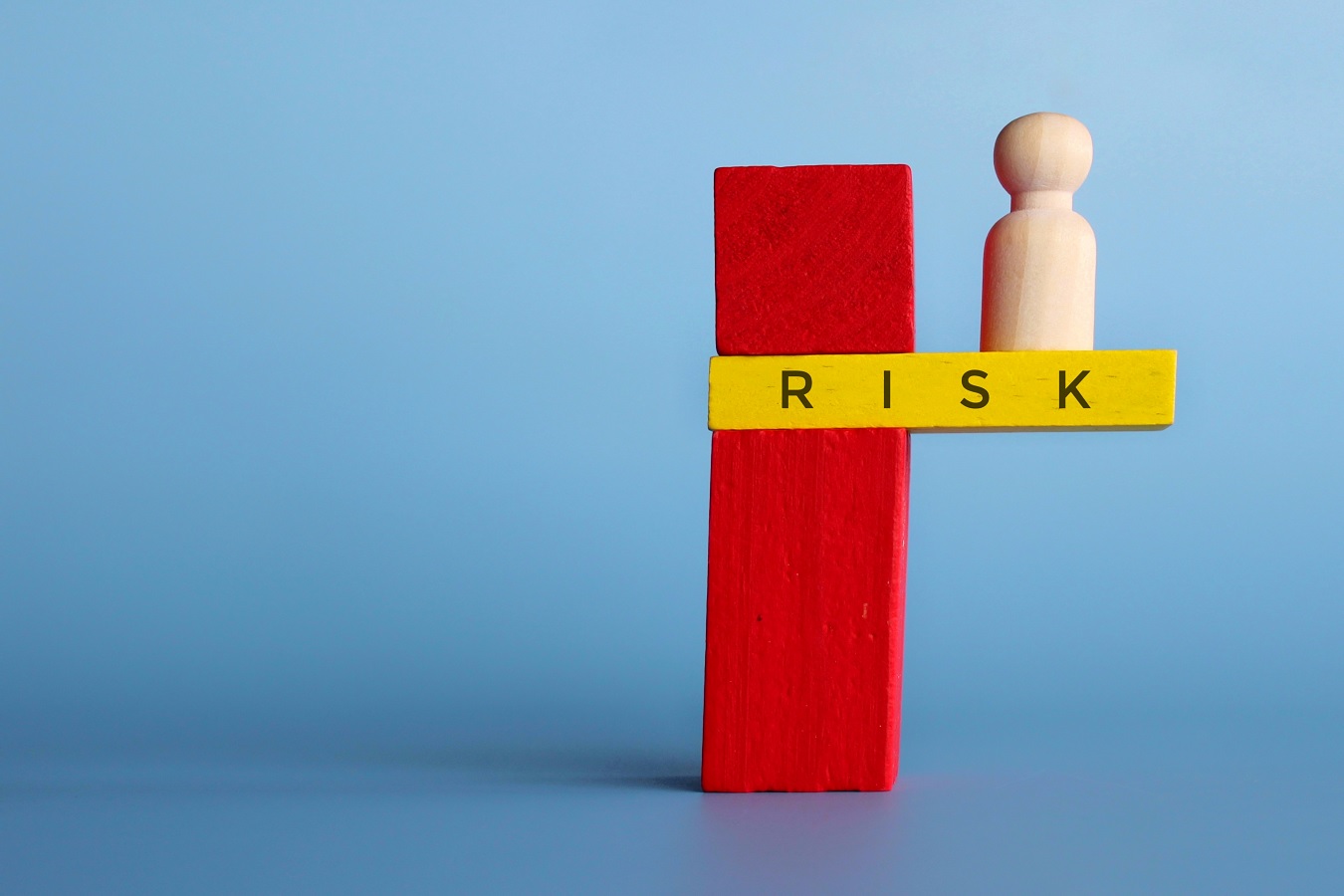Butt lift surgery, including traditional butt lifts and Brazilian butt lifts (BBL), is increasingly popular for enhancing the shape and volume of the buttocks. While the procedure can offer significant cosmetic benefits, it is essential to be aware of the potential risks and complications. Understanding these risks can help you make an informed decision and ensure a smoother recovery process. In this article, we will explore the possible risks and complications associated with butt lift surgery and provide guidance on how to minimize them.
1. Common Risks of Butt Lift Surgery
A. Infection
- Description: Infections can occur at the surgical site, potentially leading to delayed healing or more severe complications.
- Prevention: Follow your surgeon’s post-operative care instructions carefully, including taking prescribed antibiotics and keeping the area clean and dry.
B. Bleeding and Hematoma
- Description: Excessive bleeding during or after surgery can lead to hematomas, which are localized collections of blood outside the blood vessels.
- Prevention: Avoid blood-thinning medications and supplements before surgery as advised by your surgeon. Post-surgery, monitor for unusual swelling or pain and report any concerns to your surgeon.
C. Seroma
- Description: Seroma is the accumulation of fluid in the surgical area, which can lead to swelling and discomfort.
- Prevention: Wearing compression garments as instructed and avoiding strenuous activities can help minimize the risk of seroma formation.
D. Scarring
- Description: Scarring is a natural part of the healing process but can vary in visibility and severity.
- Prevention: Follow post-operative care instructions, including proper wound care and avoiding sun exposure on the surgical site. Scar treatments and silicone gels can also help improve the appearance of scars.
2. Specific Complications of Brazilian Butt Lift (BBL)
A. Fat Embolism
- Description: Fat embolism is a rare but serious complication where fat particles enter the bloodstream and travel to the lungs or other organs.
- Prevention: Choose a board-certified, experienced surgeon who uses safe techniques for fat transfer. Follow all post-operative instructions to minimize the risk.
B. Fat Necrosis
- Description: Fat necrosis occurs when the transferred fat does not survive and forms hard lumps or cysts in the buttocks.
- Prevention: Adhere to your surgeon’s guidelines for activity restrictions and avoid sitting directly on your buttocks for the recommended period.
C. Asymmetry
- Description: Asymmetry may occur if the fat distribution is uneven or if the healing process varies on each side.
- Prevention: Ensure your surgeon has experience in performing BBLs and schedule follow-up appointments to address any concerns about asymmetry.
D. Poor Fat Survival
- Description: Some of the transferred fat may not survive, leading to less volume than expected.
- Prevention: Follow your surgeon’s recommendations regarding post-operative care and avoid activities that could interfere with fat survival.
3. General Complications of Butt Lift Surgery
A. Anesthesia Risks
- Description: Complications related to anesthesia can include allergic reactions or adverse effects on the heart or lungs.
- Prevention: Discuss your medical history with your anesthesiologist and follow pre-surgery guidelines to minimize risks.
B. Delayed Wound Healing
- Description: Some patients may experience delayed healing of the surgical wounds, which can increase the risk of infection or other complications.
- Prevention: Follow your surgeon’s post-operative care instructions and avoid activities that could stress the healing tissues.
C. Changes in Sensation
- Description: Numbness or altered sensation in the buttocks area can occur following surgery.
- Prevention: Sensation changes are often temporary, but report any persistent issues to your surgeon for evaluation.
D. Dissatisfaction with Results
- Description: Some patients may be unhappy with the aesthetic outcomes, such as shape or volume discrepancies.
- Prevention: Clearly communicate your expectations with your surgeon before the surgery and choose a reputable, experienced professional.
4. How to Minimize Risks
A. Choose a Qualified Surgeon
- Importance: Select a board-certified plastic surgeon with extensive experience in butt lift procedures. Check their credentials and review before-and-after photos of previous patients.
B. Follow Pre- and Post-Operative Instructions
- Importance: Adhering to your surgeon’s instructions for pre-surgery preparation and post-operative care is crucial for minimizing risks and complications.
C. Maintain a Healthy Lifestyle
- Importance: A healthy lifestyle, including a balanced diet and regular exercise, can support better healing and overall surgical outcomes.
D. Attend Follow-Up Appointments
- Importance: Regular follow-up visits with your surgeon are essential for monitoring your recovery and addressing any potential issues early.
5. What to Do if You Experience Complications
A. Contact Your Surgeon Immediately
- Importance: If you notice any signs of complications, such as excessive swelling, persistent pain, or unusual discharge, contact your surgeon right away. Early intervention can prevent more serious issues.
B. Seek Medical Attention for Severe Symptoms
- Importance: In cases of severe symptoms such as difficulty breathing, chest pain, or significant bleeding, seek emergency medical attention. These symptoms could indicate serious complications like fat embolism or severe infection.
C. Follow Up on Treatment Recommendations
- Importance: Adhere to any prescribed treatments or medications your surgeon recommends to address complications. This may include additional procedures, medications, or specific care instructions.
6. Long-Term Considerations
A. Ongoing Monitoring
- Importance: Even after the initial recovery period, continue to monitor your surgical site and overall health. Attend any recommended follow-up appointments to ensure that your recovery is on track.
B. Lifestyle Adjustments
- Importance: Maintaining a healthy lifestyle can support long-term results and reduce the risk of complications. This includes regular exercise, a balanced diet, and avoiding significant weight fluctuations.
C. Emotional and Psychological Well-being
- Importance: Address any emotional or psychological impacts of surgery. If you have concerns about your results or recovery process, consider speaking with a counselor or support group for additional support.
7. Choosing the Right Surgeon
A. Research and Referrals
- Importance: Research potential surgeons thoroughly. Look for board certifications, patient reviews, and before-and-after photos. Ask for referrals from trusted sources, such as friends or other medical professionals.
B. Consultations
- Importance: Schedule consultations with multiple surgeons to discuss your goals, ask questions, and assess their approach. A good surgeon will provide clear information about the risks, benefits, and expected outcomes of the procedure.
C. Review Credentials
- Importance: Verify that your chosen surgeon is licensed and board-certified in plastic surgery. Check their experience with butt lift procedures and their track record of successful outcomes.
Understanding the risks and complications associated with butt lift surgery is crucial for making an informed decision. By choosing a qualified surgeon, following post-operative care instructions, and maintaining a healthy lifestyle, you can mitigate risks and enhance your chances of a successful outcome. Always consult with your healthcare provider to address any concerns and ensure you are well-prepared for the surgical process. With proper care and attention, you can achieve the results you desire while minimizing potential complications.

 Clinic Booking
Clinic Booking.jpeg)



 No Record
No Record